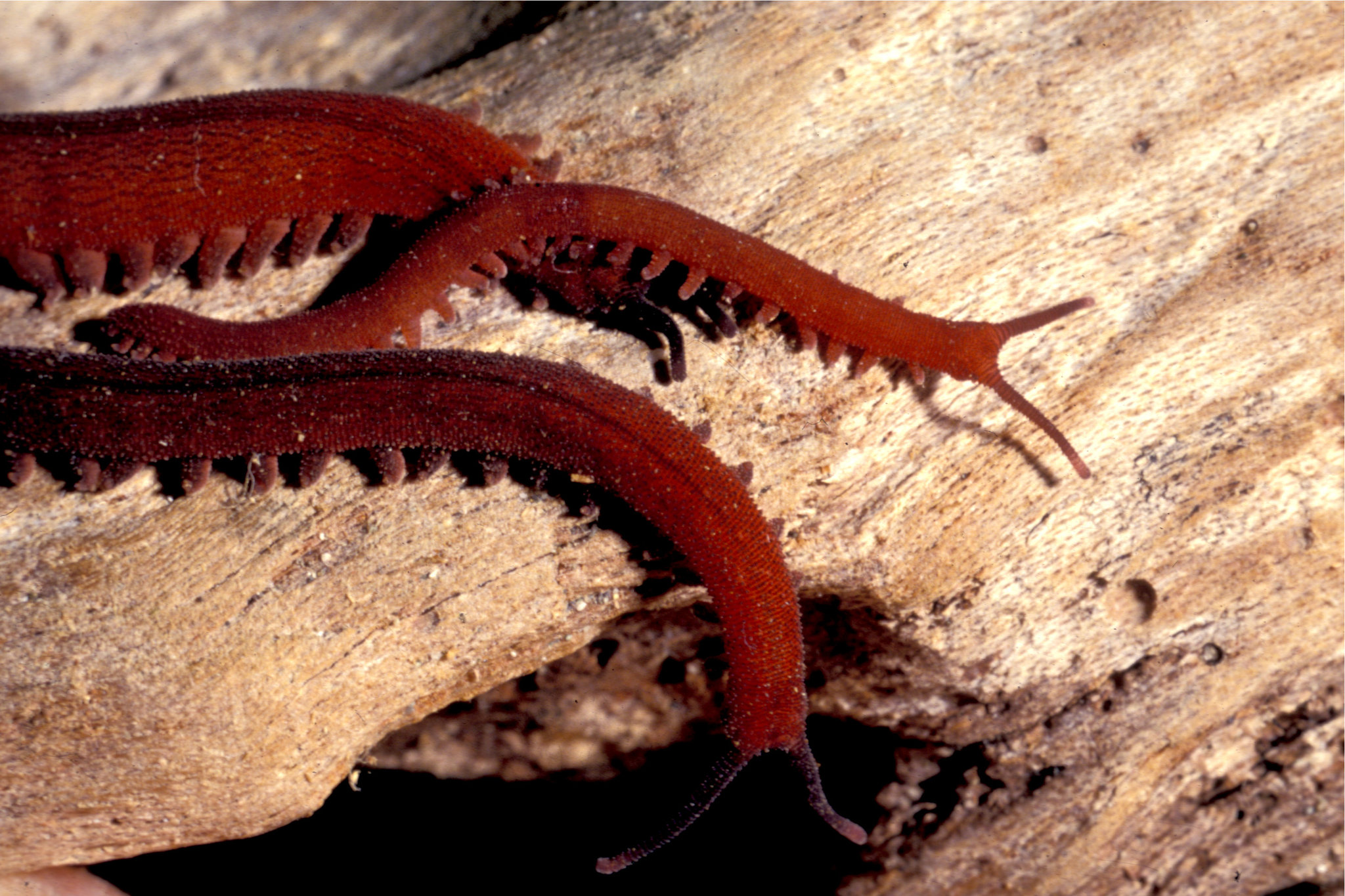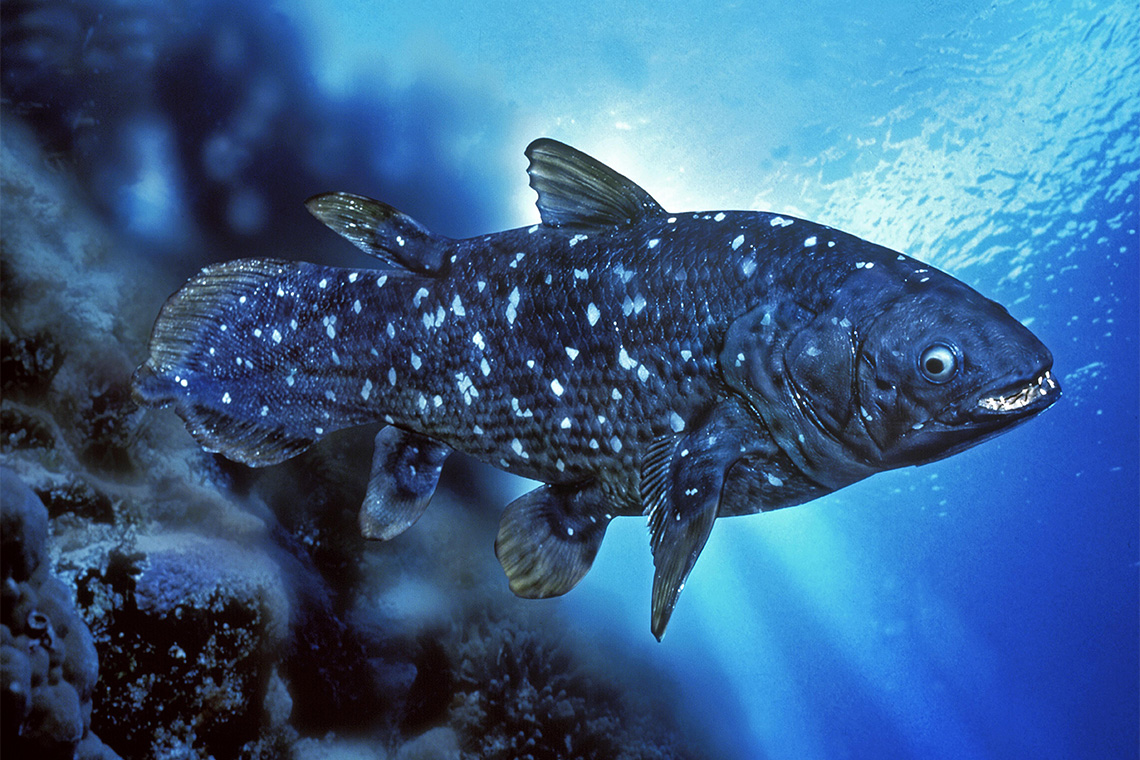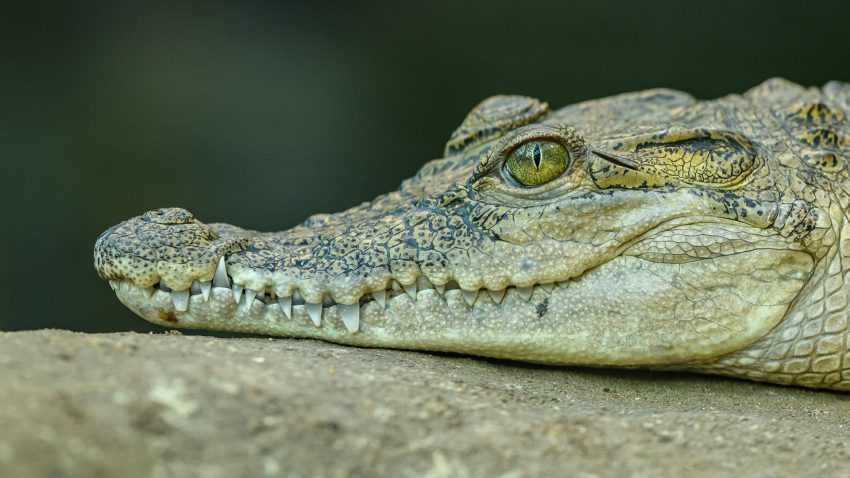When we think about the history of life on earth, the vast changes that have transpired over millions and millions of years—as single-celled organisms evolved into species as disparate as redwood trees, dragonflies and humans—are wonderfully apparent. But, among all that evolutionary change, some organisms seem to have evolved very little from their distant ancestors.
This perception isn’t quite right. Many species of these so-called ‘living fossils’ differ significantly from their prehistoric counterparts, and often the apparently archaic creatures are the remaining representatives of lineages that were once more varied and diverse. Still, many of these organisms look as if they belong to another era.
1. Crocodylians
Watch any documentary about crocodiles and you’re almost certain to hear the line “They have gone unchanged since the time of the dinosaurs.” That isn’t exactly true. While crocodylians as we know them today—the alligators, gharials and crocodiles that live at the water’s edge—have been around for about 85 million years, they belong to a much more diverse and disparate group of creatures that goes back to the Triassic.
Crocodylians are the last living representatives of the crocodylomorpha, an even bigger group that originated over 205 million years ago. They shared the world with the dinosaurs and came in a startling array of forms. Modern crocs do look ancient, but they are just the remainders of an even older and stranger lineage.

2. Velvet worm
“Velvet worm” is something of a misnomer. Stretching a quarter of an inch to eight inches long, and flanked by rows of stubby legs along their smooth bodies, these invertebrates aren’t worms at all. They belong to their own group, which is more closely related to arthropods, and these inhabitants of the forest undergrowth are part of a much, much older lineage that goes back to one of the greatest evolutionary explosions of all time.
In 1909, secretary of the Smithsonian Institution Charles Doolittle Walcott discovered the fauna of the Burgess Shale—exquisitely preserved creatures from a 505-million-year-old sea. Many of these animals were unlike anything seen before, and the true affinities of many of the weird creatures from these deposits are still being debated. Even so, at least one creature looked familiar. Aysheaia, an invertebrate named by Walcott in 1911, closely resembles velvet worms and may be close to the group’s ancestry. Even though this form lacks some of the specialties seen in modern velvet worms, such as a unique nozzle system that squirts an instant web over prey, the Cambrian creature shared the segmented, stubby-legged body plans with living forms. Frustratingly, the soft bodies of velvet worms don’t fossilize very well so no one is entirely sure when they emerged onto land for the first time. But, if you know what to look for, you can still find them crawling through the leaf litter of tropical forests from Australia to South America.
3. Lice
Not all the great survivors are charismatic. Some of evolution’s greatest success stories are parasites, but few have stuck in there longer than lice.
Although louse fossils are rare, in 2004, palaeontologists announced that they had found a 44-million-year-old feather louse that was strikingly similar to lice that live on the plumage of water birds today. Feather lice, in particular, seem to have split from their hitchhiking relatives sometime between 115 and 130 million years ago—right when little mammals were scurrying through the Cretaceous undergrowth and feathered dinosaurs were flocking around on land. Since feather lice evolved to feed on early birds and feather-covered, non-avian dinosaurs, they have had to change little to keep up with their hosts.
4. Duck-billed platypus
The duck-billed platypus truly looks as if it belongs to another era, if not another planet. In fact, when 19th-century European naturalists first saw stuffed specimens sent from Australia, some scholars thought the animals must be a joke. But evolution wasn’t kidding—here was a mammal with a duck-like snout and a tail like a beaver and that laid eggs.
Monotremes, like the platypus, are strange mammals. These archaic, egg-laying forms last shared a common ancestor with marsupial and placental mammals over 175 million years ago, and rare fossils from Australia indicate that there have been platypus-like forms since 110 million years ago.

5. Coelacanth
Coelacanths were supposed to be dead. As far as early 20th-century palaeontologists knew, these distant fishy cousins of ours—categorized as “lobe-finned” fish because of their fat fins supported by a series of bones similar to those in our own limbs—had gone extinct by the end of the Cretaceous, about 66 million years ago, along with the mosasaurs, pterosaurs, ammonites and non-avian dinosaurs. But it in 1938 Marjorie Courtenay-Latimer, a curator at South Africa’s East London Museum, recognized a very strange fish lying on a dock after getting a tip about something strange from the deep. As it would turn out, the fish was a living coelacanth—she might as well have found a living Tyrannosaurus.
6. Horseshoe crab
There is probably no animal that epitomizes the title of “survivor” than the horseshoe crab. With their shield-like carapaces and long, spined tails, these arthropods look prehistoric. When masses of one species, Limulus Polyphemus, congregate on Mid-Atlantic beaches in the warmth of early summer, it is difficult not to imagine the scene as something from the deep past.
Exactly when, where and how horseshoe crabs evolved remains a matter of ongoing investigation, but the group of arthropods they belong to is thought to have diverged from their arachnid cousins around 480 million years ago. The basic horseshoe crab body plan has been around since then, although not exactly in the form we now know. The newly named, 425-million-year-old Dibasterium durgae looked roughly like a horseshoe crab from the top, though if you were to turn the arthropod over, you would have been greeted by a nest of double-branched legs used for both breathing and locomotion.

